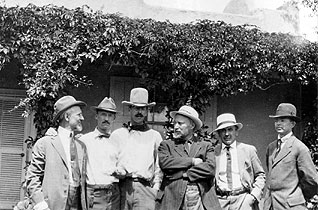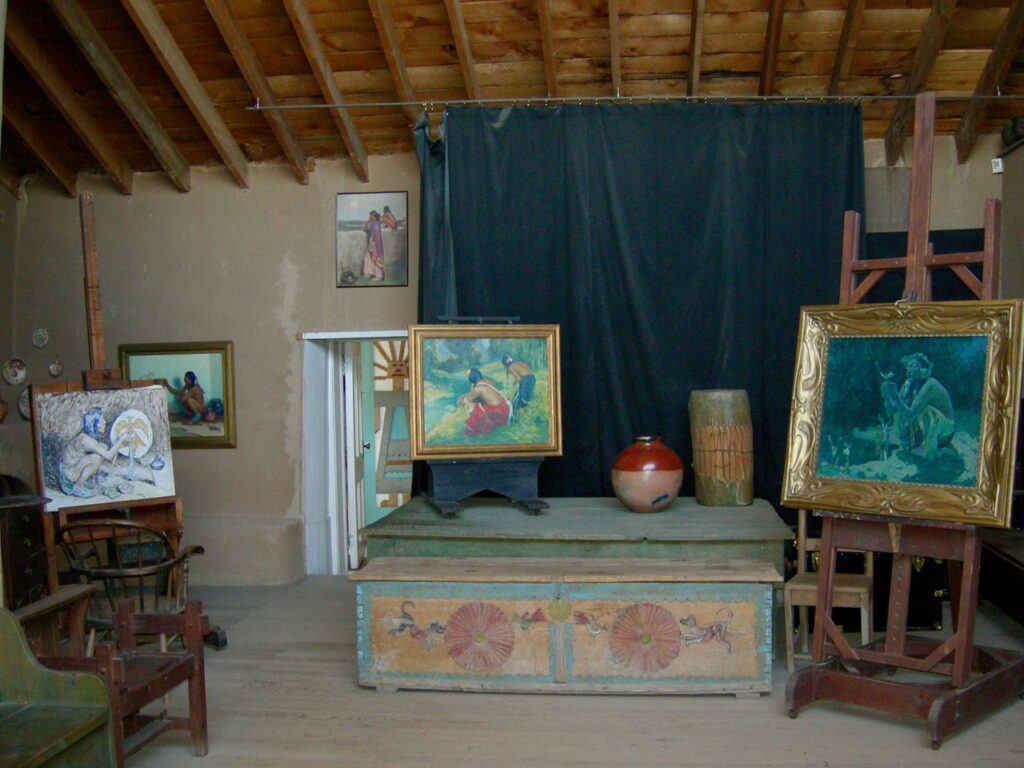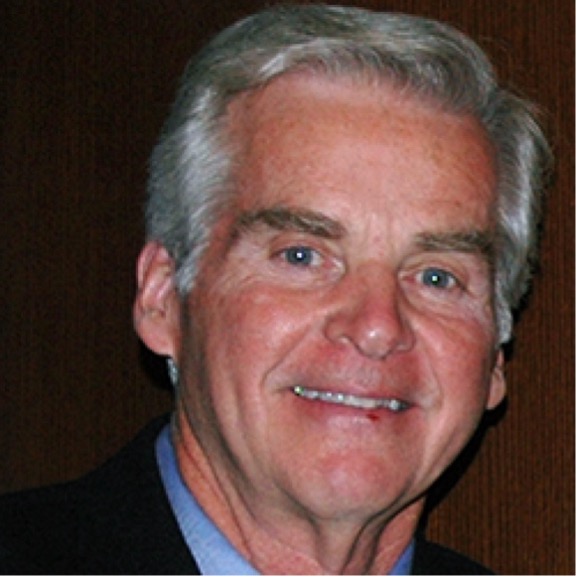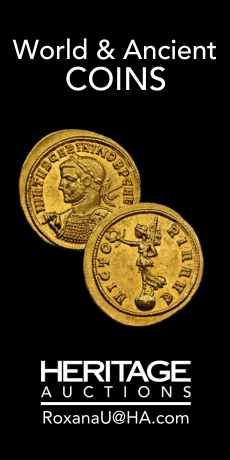
By Mack Trapp
Upon reading Lenore Macdonald’s excellent article recently in Classic Chicago mentioning the Couse-Sharp site and its gala event, I decided to give you some additional background info on this very interesting Taos place.
My law partner, Alan J. Olson, was a collector of paintings by members of the Taos Society of Artists. That Society was formed in July 1915 and originally consisted of six members: E. I. Couse, J. H. Sharpe, Ernest Blumenschein, Oscar Berninghaus, Bert Phillips and Buck Dunton. Several had come through the Art Institute of Chicago. Soon added from Chicago were Walter Ufer, Victor Higgins, Catherine Critcher and E. Martin Hennings, most of whom made their first visits to Taos via the patronage of Carter Harrison, the Mayor of Chicago. Al Olson also sought to find the location of the original Taos studios of these artists. One day Al was camped out in front of what he thought was the studio of Couse. Suddenly a man came out the main door to empty the trash. Al immediately asked the fellow if knew whether the house had been an artist’s studio. The fellow said sure, this is the home of my wife, the granddaughter of E. I. Couse. Al then proceeded to explain his study of the Taos Society, and this was the start of our friendship with Virginia Couse Leavitt and her husband, Ernie Leavitt, a professor of history at University of Arizona. Virginia was interested in preserving the legacy of the Taos Society and of the many documents, photographs, and historical records of the Society. So in 2001 Al and I set up a 501c3 foundation, pro bono so to speak. The Couse Foundation then acquired ownership of the Couse property, including a two-story adjacent building that was the home and studio of Joseph Henry Sharp. Since those early days the Foundation has grown to include gallery space, an extensive library, art works and study materials. All of this, in my view, is a result of Al Olson’s curiosity and determination to preserve this art history.
Al brought in Taos experts such as Peter Hasrick and Joan Carpenter, started the first “gala” to get public support for the Couse-Sharp site, and worked to expand the Couse site.
Other groups followed the Couse pattern such as New Mexico Painters (with B. J. Nordfeldt, Gustave Baumann and Jozef Bakos) and Taos Artists Association with Leon Gaspard, Joe Fleck and Andrew Dasburg. But none produced the great influence of the Taos Society.
The Couse Foundation, the Couse-Sharpe historic site and the gala are very much the product of Al Olson and Virginia Couse Leavitt, who have added greatly to the history of Taos artists.
The six original members of Taos Society of Artists:

The Couse studio in its preserved condition:

Above, Ginnie Couse Leavitt at the first Couse Foundation gala, with Jerry Mirabel, a descendant of, one of E. I. Couse’s favorite painting subjects.
Alan J. Olson, first President of the Couse Foundation:

So the Couse-Sharp site has grown like the hollyhocks in Ginnie Couse Leavitt’s garden, all to the great benefit of the admirers of the Taos Society of Artists and its later progeny of fine painters and printmakers, and also to that entrancing little town in northern New Mexico.






